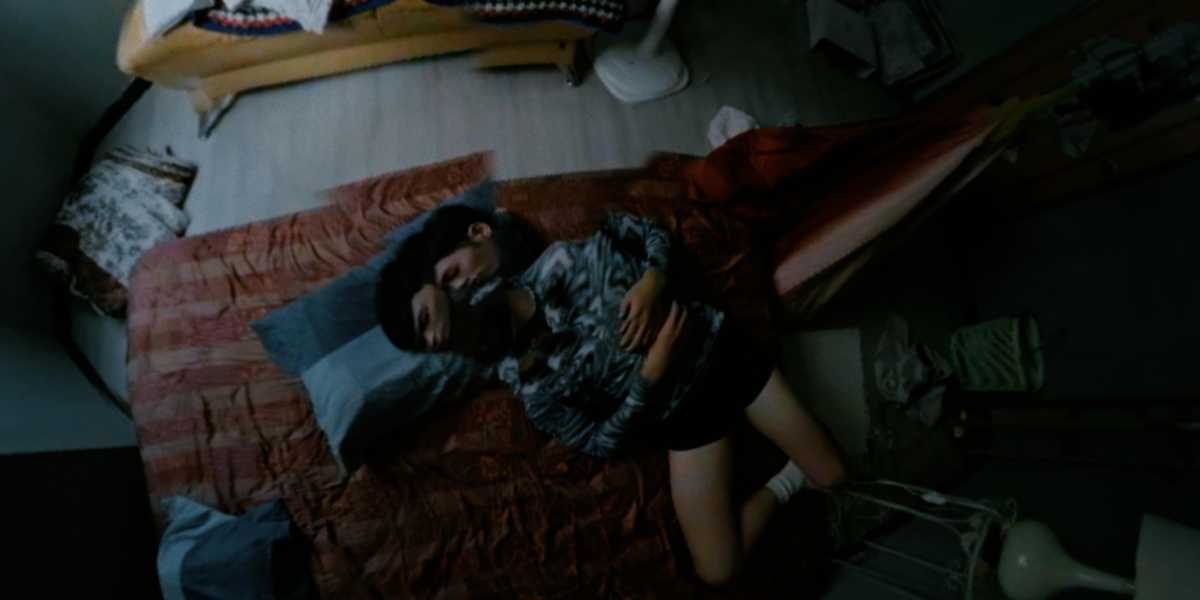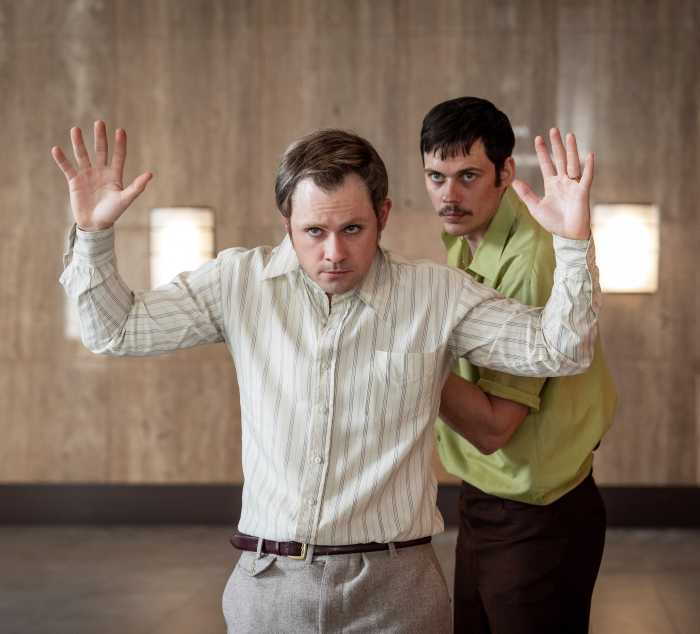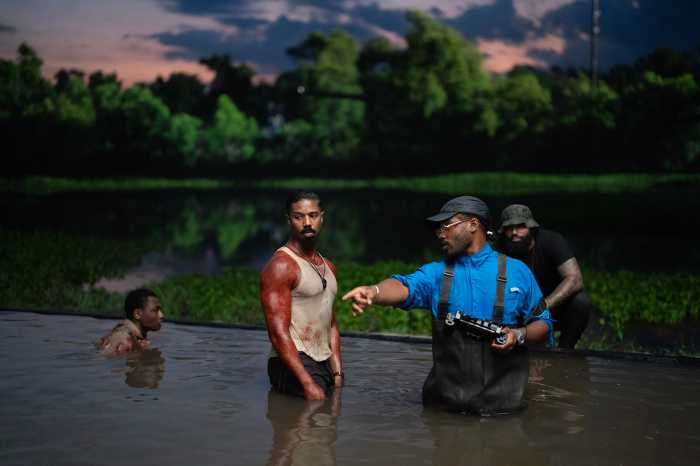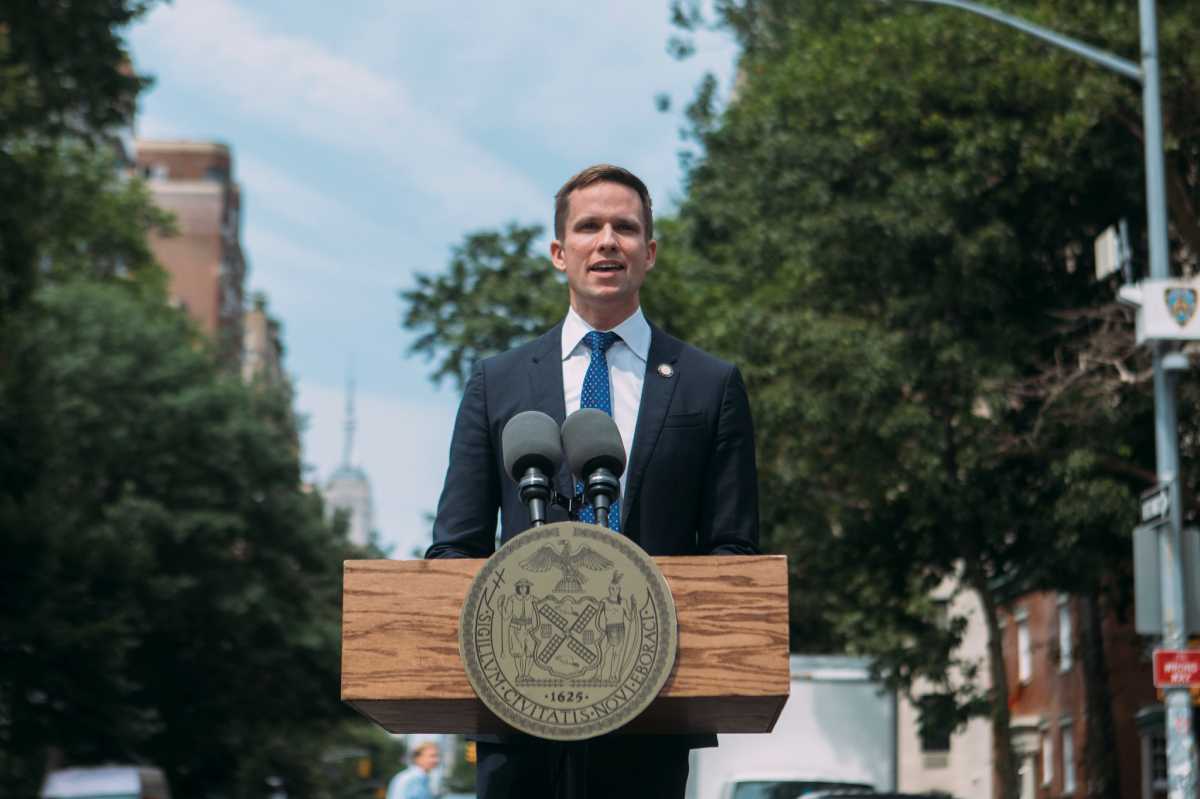Think the potential for innovative cinema has been used up, and you’ll never see anything radically new? Wonder whether a medium created in the 1890s can accurately represent a modernity ever more quickly re-shaped by technology and ecological decline?
Argentinean director Eduardo Williams’ “The Human Surge 3” lives up to the task. (The title presents it as a sequel to his debut feature “The Human Surge,” but “The Human Surge 2” does not exist.) Combining images shot in Peru, Sri Lanka, and Taiwan with a 360-degree camera, it eschews character and narrative development while getting at something deeper. Built like a large circle, the camera’s entire surface was covered with eight lenses, allowing the director an unusual amount of choice in camera angles. It’s about people living in constant motion.. “Where are we going? Does anyone know where we’re going?,” asks one participant.
The opening scene takes place on a beach, setting the stage for a tendency to make people far more easily heard than seen.
The final third is the film’s most experimental section, gazing at a river in a static shot, then tilting the camera back up and spinning to a kaleidoscopic whirl, following the multi-national cast as they hike slowly towards a distant mountain. While some ideas persist — it follows several groups of young people, many of whom are queer, through walks in nature — it moves from Peru, Sri Lanka, and Taiwan with little warning besides the change in languages. The first cut to a close-up is jarring, all the more so because the shot distorts a woman’s face into an electronic blur. Williams depicts a shared global subculture: one scene takes place at a rave. Technology is always a reference point: one person compares to the view of a distant mountain to a Play Station game. The world remains mediated, not least by the film itself, but Williams passes no judgment upon this.
Williams combines high tech with an immersion in nature. The material reality of his film’s images is felt in a small jolt, perceptible onscreen, every time cinematographer Victoria Pereda took a step with the camera. Yet Williams made a movie with it rather than using it for virtual reality, the purpose for which it was designed. Still, he viewed the material he directed in VR before later deciding upon its editing. Even the most placid and beautiful shots of “The Human Surge 3” are distorted. Williams throws away the idea that film should simulate the linear perspective of a single viewer.
“The Human Surge 3” scatters vague references to pollution and illness throughout. It’s possible to interpret this as a form of science fiction. Yet it’s one of the most subtle responses to climate change any filmmaker has made. Williams’ images hint at a pantheist spirituality, but they also de-center a human perspective. Sudden, constant spatial distortions and changes in depth of field suggest an altered consciousness. More than one critic has likened “The Human Surge 3” to the post-humanist perspective of Lucien-Castaing Taylor and Verena Paravel’s fishing documentary “Leviathan.”
Williams’ early shorts were built around young people’s unexplained motions. Most of “is This Falling?,” made in 2013, takes place in an underground cave resembling the digestive tract, with a man searching for a drug found in a red seed. “Parsi,” co-directed by poet Mariano Blatt, pairs scenes of people in Guinea-Bisseau walking and running with a reading of Blatt’s text, never finding literal connections between the two. The 2022 installation “A Very Long Gif” made some of these ideas more literal, with images taken from a pill-sized camera traveling through his own stomach and intestines.
“The Human Surge 3” mashes together locations that look somewhat similar, with bright green leaves everywhere, but were shot on different continents. Even without a conventional story, it carries certain unmistakable implications: people in their 20s may be more connected by their age and class than their homelands. Borders exist to be defied: Peruvians pop up in Taiwan, and vice versa. There’s a running hint that same-gender couples might be safer in nature than the city. The urge to connect with the earth is urgent, even if his characters don’t go into detail about their impulses. The steady determination of the last half hour, as beautiful landscape remain out of reach no matter how doggedly people walk towards them, finally makes the film come into focus as a hopeful quest. If “The Human Surge 3” is a kind of game, it also represents a serious, disciplined struggle to figure out how to represent the present in ways cinema has never done before. Without offering a didactic political path forward, it also achieves the vital work of repurposing technology from the greed and reactionary agenda of Silicon Valley and the ugly slickness of AI and CGI.
“The Human Surge 3” | Directed by Eduardo Williams | Grasshopper Film | In English and Spanish, Tamil, Mandarin and Simhala with English subtitles | Opens June 28th at BAM




































